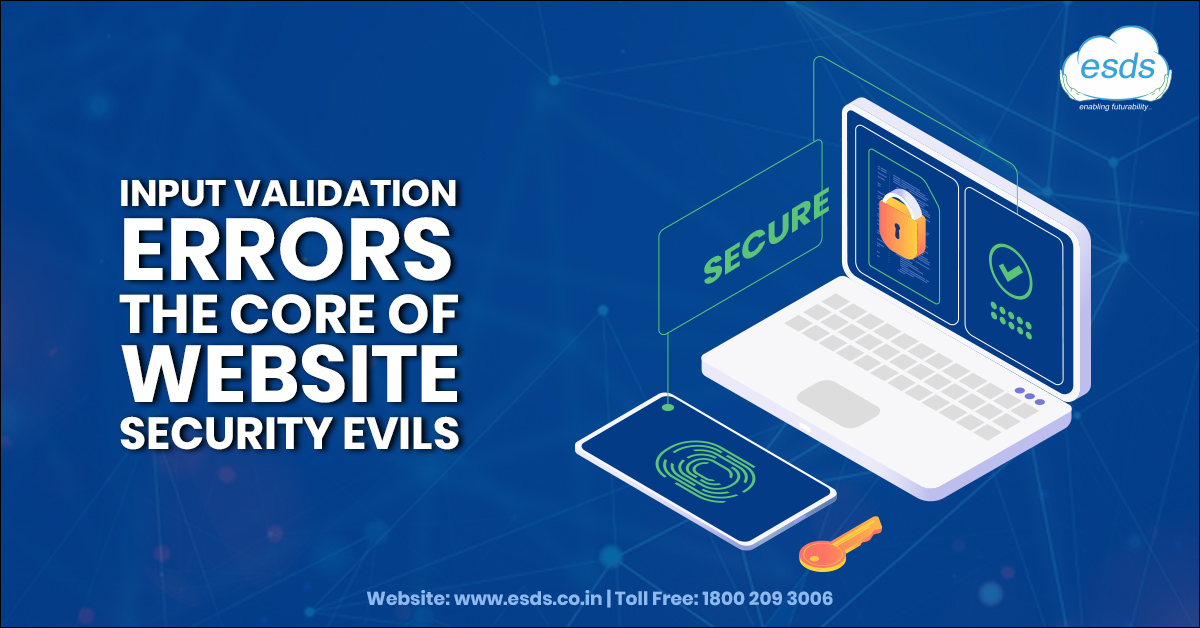We as a race have always strived to make our hardships easier. What we call inventions today are actually solutions to the hardships that were prominent some years ago. Today we are in the 21st century and have evolved from letters to e-mails, wired telephones to cellphones and much more. In this is pursuit of exploration, the world has been moving towards ‘Digitization’ rapidly.
Digitization has been a continuous process of evolvement and it continues to be so. We have been seeing, using, interacting with and promoting digitization directly or indirectly, day-in day-out in our lives. It is important to question where and how we are achieving this digitization. Where does the processing of data take place? How do we achieve this uninterrupted environment of digitization?
There are special environments that are built to achieve uninterrupted and high volume data processing. They are called ‘Data Centers’. The Data Centers have IT equipment like servers, storage and network to ensure processing and transmission of data. They have the capability to process and transmit enormous amounts of data. Be it 30 petabytes (3 x 10,00,000 GB) of data generated by ‘Large Hadron Collider’ or the data generated in ‘Space Mission to Mars’ or even as small as an image you just sent your friend. To sum it up, a Data Center is a place that runs round the clock and is responsible for all the digital equipment and services that you are using. This blog describes the systems that fuel the operations of the data center…
Now that we know what a Data Center is, let’s get familiar with the systems that power up the Data Center and make them sustainable. In IT industry, such Data Centers are often termed as Critical Systems, IT Infrastructure systems or Power and Cooling Systems.



